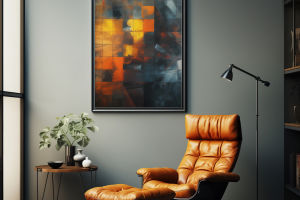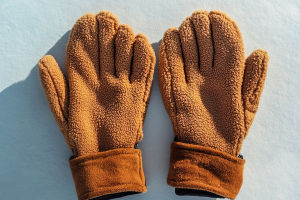This handy guide has everything you need to know about watercolor brush pens, including how to paint with them, easy techniques, and the best papers to use.
What are watercolor brush pens?
Watercolor brush pens are brush pens designed to blend and create watercolor effects. They usually contain water-based or dye-based ink.
The brush tip can be used like a paintbrush to create thick and thin strokes, depending on the pressure applied. This, along with the easily blended ink, makes using watercolor markers similar to painting with regular watercolors.
Many sets include either a water brush (which has a built-in water reservoir) or a colorless blender pen.
10 essential BRUSH PEN techniques | STAEDTLER Art Class
Video by STAEDTLER
Colorless blender pens: resemble white brush pens, but instead of ink, they are filled with a clear, water-based liquid used to blend colors without needing a paintbrush and water.
What are watercolor pens for?
Watercolor pens are perfect for creating watercolor effects without needing the extra setup or supplies required for traditional painting.
They’re also highly portable. Toss them in your bag with a water brush – no need to worry about paints, palettes, or water – and paint while on the go.
Watercolor markers aren’t mess-free, though. When we use them for artwork, we often end up with smears of colorful ink all over hands!
How to use watercolor brush pens
Here’s how to use watercolor brush pens in several different ways:
Make marks on paper: Use a watercolor marker to apply ink directly to the paper.
Activate and blend with water: Use a paintbrush and water to activate and blend the ink.
Scribble markers on a dish or palette: Scribble the pens on a non-porous surface, like a ceramic dish or paint palette.
Paint with the ink: Activate the ink with water and paint with it like regular watercolor.
Add ink directly to wet areas: Charge more color into wet areas by working wet on wet.
Press the tips of two markers together: Hold a light and dark pen straight up and down so one color bleeds into the other.
Let the colors blend on paper: Use a lighter marker to color and create a gradient effect. Scribble the pen clean when finished.
Use a colorless blender pen to blend the ink: Add wetness to blend the marker ink without extra water.
Add ink to paintbrush bristles: Color directly onto paintbrush bristles, then use the brush to paint with the ink.
With these techniques, you can create gradients, washes, bleeds, and blends just like regular watercolor painting!
Quick Tip
Dear Lykkers, blending works best while the ink is still wet. Once dried, blending becomes harder. Work quickly or focus on one area at a time to achieve the best results.
Experiment with water usage
More water: Diluting the color with more water makes it lighter and more transparent.
Less water: Using less water keeps the color more saturated and opaque.
With practice, you’ll master these versatile tools and create stunning watercolor-style artwork effortlessly!

